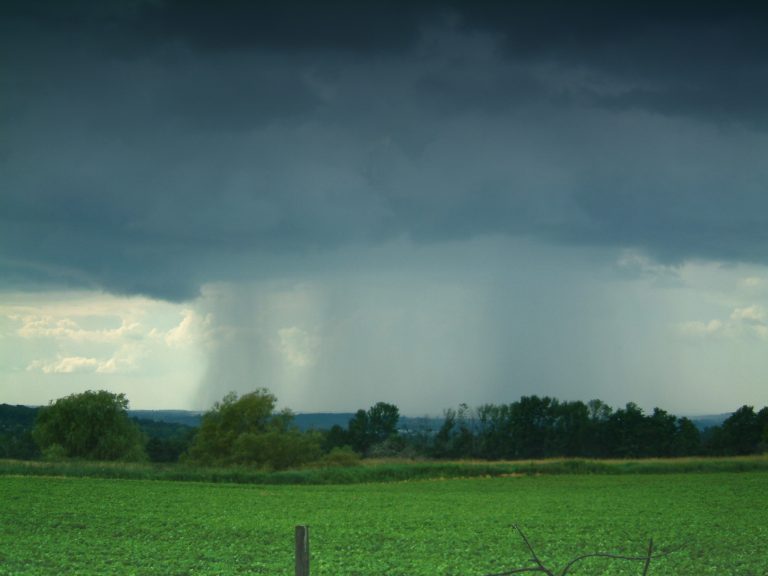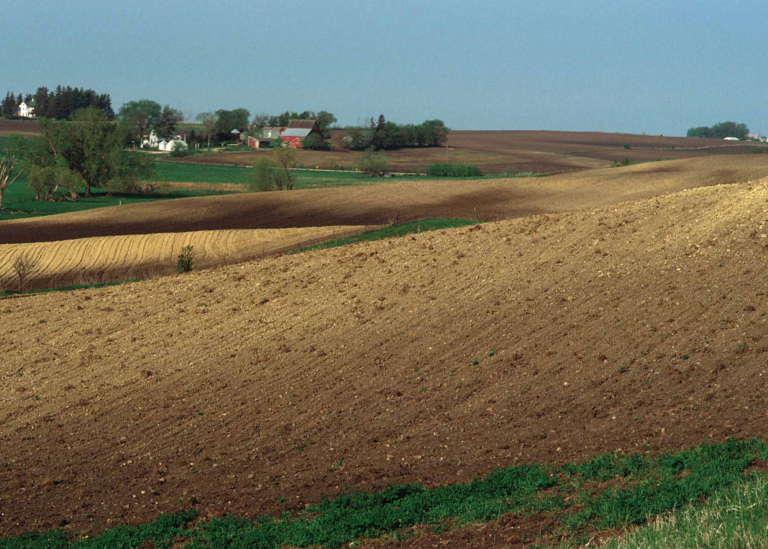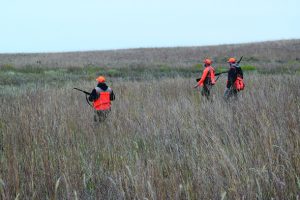IARN — A foliar disease has started to progress across Midwestern states.
“Tar spot is being reported in Iowa, Wisconsin, Indiana, and Michigan,” according to Alison Robertson, Iowa State University Extension and Outreach plant pathologist. Extension staff are encouraging producers to scout for symptoms.

“The symptoms of tar spot are small, black, raised spots predominantly (found) on corn leaves. The spots can be circular, but also irregular or angular,” Robertson said. “The other thing is sometimes you’ll see what we call fisheye lesions. Basically you have tar spots, but around those raised spots, you also have dead tissue. That gives those spots the appearance of fisheyes.”
Tar spot is often mistaken for other foliar diseases, pollen, dirt, and/or bug feces. Robertson provides an effective method for accurate identification.

“If you can wipe or scrape off the dark spot, it is not tar spot. Tar spot is embedded in that leaf tissue,” Robertson said. “In the last couple of days, we’ve had several reports of tar spot in Iowa. Folks who found tar spot can see tar spot on top of the leaf and when they look on the underside, they can see a black spot, water soaking, or discoloration.”
Extension staff do not know a lot about the fungus, which causes tar spot. What they do know is: The pathogen causes disease, overwinters in the Midwest, and is endemic.

Most corn hybrids remain susceptible to tar spot, which thrives under cool, wet conditions. Farmers are encouraged to monitor fields by marking infected areas, then revisiting a week later to see if the disease has spread. Robertson says the base management for this disease is fungicides.
Story courtesy of the Iowa Agribusiness Radio Network.











